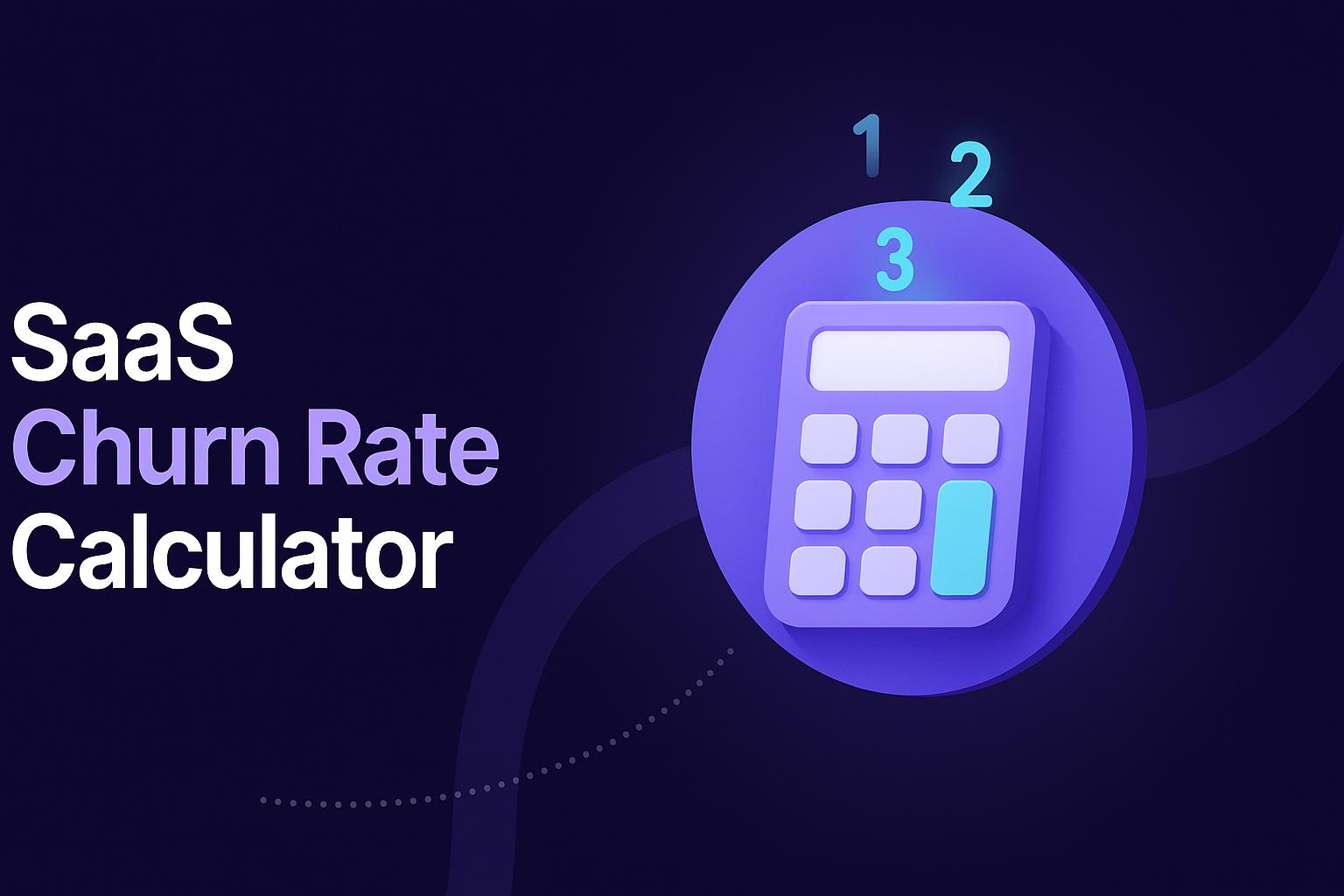SaaS Churn Rate Calculator



Understanding SaaS Churn Rate: A Key Metric for Growth
For any subscription-based business, keeping tabs on customer retention is non-negotiable. A SaaS churn rate calculator can be your best friend here, helping you quantify how many users are leaving and why it matters. This metric, expressed as a percentage, reveals the health of your customer base over a specific timeframe, whether monthly or yearly.
Why Retention Metrics Matter
High turnover in a SaaS model can quietly drain revenue, even if new sign-ups look strong. Losing customers often costs more to replace than to retain, so spotting patterns early with a tool like this is a game-changer. Beyond just numbers, it prompts deeper questions: Are users struggling with your platform? Is your pricing off? Addressing these can turn a leaky bucket into a steady stream of loyal subscribers.
Taking Action on Insights
Once you’ve calculated your customer attrition rate, use the data to refine your strategy. Maybe it’s time for better onboarding or a revamped support system. Small changes, informed by clear metrics, can boost loyalty and drive sustainable growth for your business.
FAQs
What is a SaaS churn rate, and why does it matter?
A SaaS churn rate measures the percentage of customers who stop using your service over a specific period. It’s a key indicator of customer satisfaction and business health. If your churn rate is high, it might mean your product isn’t meeting expectations or your onboarding process needs work. Tracking this helps you identify issues early and improve retention, which is often cheaper than acquiring new users.
What’s considered a 'good' churn rate for a SaaS business?
A 'good' churn rate depends on your industry and business model, but generally, a monthly churn rate below 5% is solid for most SaaS companies. Annually, you’d want to stay under 40%. If you’re above these thresholds, it’s a sign to dig into customer feedback or usage data. Are users finding value? If not, small tweaks to your product or support could make a big difference.
How is the annualized churn rate calculated?
The annualized churn rate takes your monthly rate and projects it over a year. We use the formula (1 - (1 - monthly churn rate)^12) * 100 to account for compounding effects. This gives you a clearer picture of long-term retention trends. It’s especially handy if you’re reporting to stakeholders or planning for growth, as it shows the bigger impact of losing customers over time.

sustainable revenue channels.







